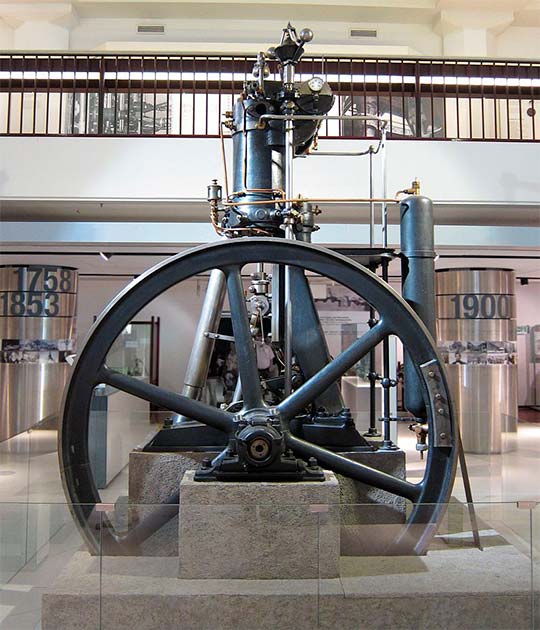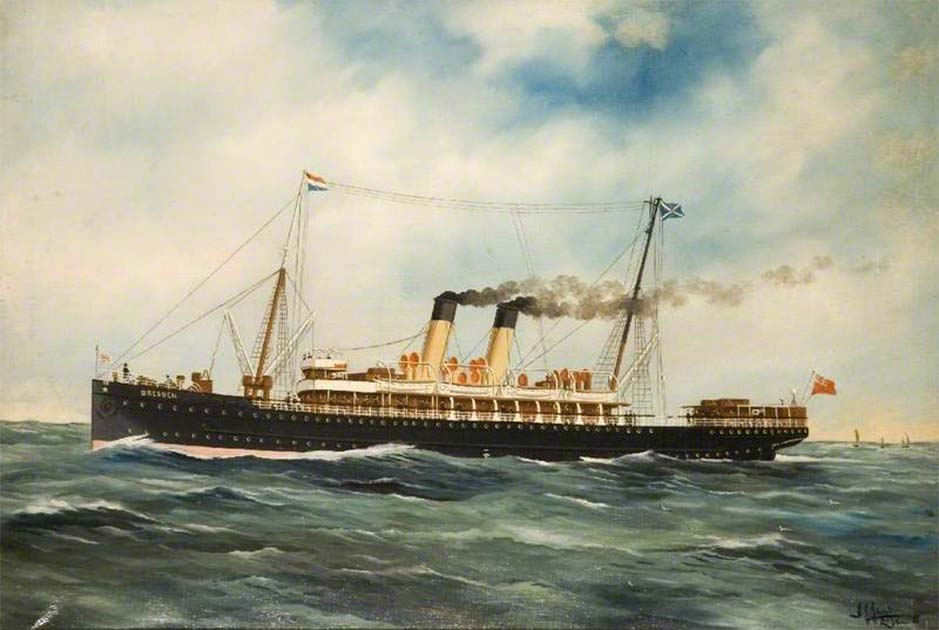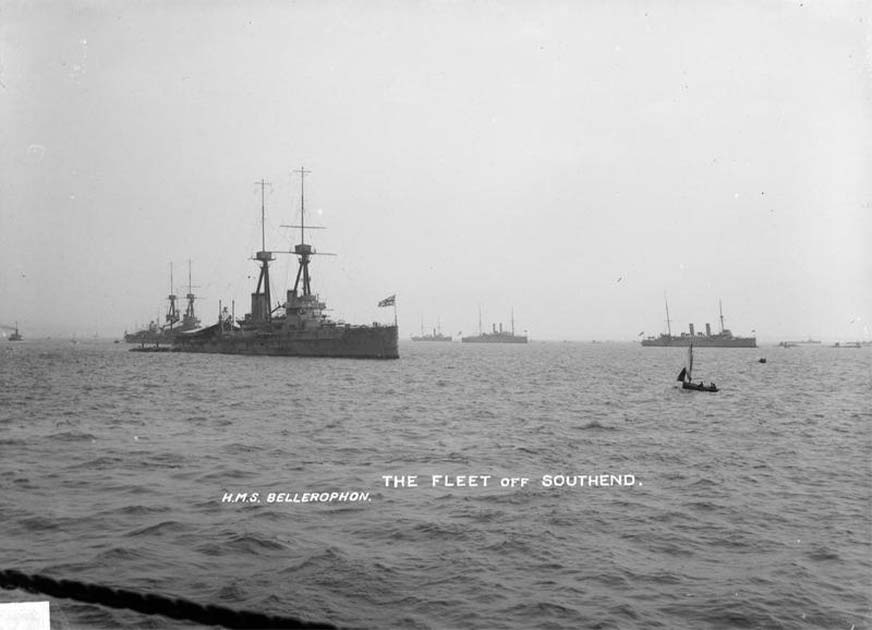You may not know the man, but his name is definitely a familiar word. Rudolf Diesel, inventor of the diesel engine, lived a life of great innovation and inspiration, but few know anything about the man today.
His invention revolutionized transportation and industry, and his work continues to impact our world today. However, the final chapter of his story is shrouded in mystery and speculation, as Diesel’s life came to an untimely and mysterious end.
Despite his incredible achievements, the circumstances surrounding his death have left many unanswered questions and fueled countless theories. What happened to Rudolf Diesel?
A Great Inventor
After working in refrigeration for several years Diesel began working on steam engines in 1890. He soon became obsessed with both thermal efficiency and fuel efficiency. He was an expert in thermodynamics, and it bothered him that as much as 90% of the energy available in fuel is wasted in a steam engine.
His first attempt at making a more fuel-efficient engine was to make one that used ammonia vapor. This went poorly, however, and during tests the engine blew up, nearly taking Diesel with it. He spent the next few months in the hospital and was plagued by health and eyesight problems from that point onward.
Diesel was determined though. He knew he was onto something and over the next few years continued working on his designs. In 1892 he decided his theory was ready for application and received the German patent DRP 67207. The following year he published Theory and Construction of a Rational Heat-engine to Replace the Steam Engine and The Combustion Engines Known Today.

Later that same year he realized he had made a mistake and had to file another application for another patent. This second patent was for the first true diesel engine.
The diesel engine is a more efficient alternative to the gasoline engine, as it uses compressed air to ignite the fuel, rather than a spark. This means that it is able to extract more energy from the same amount of fuel, making it more fuel-efficient and therefore more economical to operate.
From 1893 to 1897 Rudolf worked on his diesel engine designs, aided by Heinrich von Buz, the director of Maschinenfabrik Augsburg. Rudolf’s first complete diesel engine, known as the Motor 250/400, was tested and deemed a success in 1897.
Over the next few years, he continued to work on his invention. He founded the Diesel Engine Company in 1898 and began producing diesel engines for a range of industrial and marine applications.
- Judge Crater: The “Missingest Man” in New York City
- Killed by the Freemasons? The Secrets of William Morgan
He was also a prolific writer and speaker, using his expertise in engineering and science to advocate for the widespread adoption of his engine. He authored several books and articles about the diesel engine and gave numerous lectures and presentations to promote its use.
The Death of Diesel
So, what happened to Rudolf Diesel? Why didn’t he become Henry Ford, avant la lettre? Well, on the evening of 29 September 1913, he disappeared under mysterious circumstances, believed dead.

It was on that day he had boarded the SS Dresden with plans to travel from Antwerp, Belgium to Harwich in England. He was 55 years old at the time.
He had dinner on the ship and retired to his cabin at around 10 pm. When the steward came to wake him the next morning (as Diesel had requested), there was no sign of him.
There was no sign Diesel had used his bed, his nightshirt was still neatly laid out and his watch was on the bedside table. Outside, beneath the afterdeck railing, the crew found Diesel’s hat and overcoat, neatly folded.
Shortly after his disappearance, Diesel’s wife opened a bag that he had left with her just before his trip. He had told her not to open it for a week. Inside were 20,000 German marks (around $120,000 today) along with some bank statements.
The statements showed that Diesel, the great inventor, speaker and public figure, had been flat broke. When Diesel’s diary was examined, it was found that he had also put a cross next to the day of his disappearance.
Ten days after Diesel’s disappearance a badly decomposed body was pulled out of the Eastern Scheldt by the crew of the Coertsen. The body was so badly decomposed that the crew deemed it unidentifiable. After retrieving any personal items from the body, they returned it to its watery grave.
On 13 October, the items were delivered to Diesel’s son, Eugene Diesel, who identified them as belonging to his father. The mark in the diary, the financial woes, and the general strangeness around Diesel’s disappearance led many to believe that Diesel had committed suicide.
Suicide or Something Even More Sinister?
Not everyone is convinced, however. Ever since Diesel’s death conspiracy theories as to what really happened have surrounded his death.
- Missing Three Flannan Isles Lighthouse Keepers
- Agatha Christie’s Disappearance: Amnesia, Suicide, or Despair?
Some have claimed that Diesel had faked his death to escape his financial woes. Diesel had been a better inventor than investor and it was suspected he had fled to start life anew.
After all, the body had never been identified, only what was found on it. The year after his death the New York Times ran the headline, “REPORTS DR. DIESEL LIVING IN CANADA: Munich Journal Hears Inventor, Supposedly Drowned, Has Begun Life Anew.”
This theory is perhaps a little fantastical, and indeed the paper dropped the theory after that issue. While Diesel had been in financial trouble, by the time of his death things were looking up. His engine was beginning to do well, and it was becoming an important replacement for the steam engine in many applications.

This led to the more common conspiracy theory, Diesel was murdered to stop his invention from falling into the hands of the dastardly British. Diesel had been traveling to England to meet with representatives of the British Royal Navy who were keen to explore the idea of using Diesel’s engines to power their submarines.
This had angered the German forces, to whom Diesel had refused to give the exclusive rights to his engine. Remember, this was in the run-up to World War I and the massive arms race that preceded it.
Before we get carried away, there is no hard evidence that Diesel was murdered. There may have been a motive but that’s it, meaning his murder remains purely speculative.
So how did Diesel die? Was it an accident? Perhaps a weary Diesel just decided to take a midnight stroll on the deck and took a tumble over the railing. He’d been plagued for years by health issues. Maybe a heart attack or stroke had sent him tumbling into the deep.
Perhaps he was murdered. Diesel wouldn’t have been the first person to be killed by his own government, and the motive certainly makes a degree of sense. Who needs evidence when a conspiracy theory sounds so juicy?
Or maybe it was suicide. The financial notes and mark in his diary are surely damning. And sometimes, the simplest answer is the right one. Then again, why would he lay his clothes ready for bed? And why would he kill himself when the world’s largest navy was looking to buy his engine? The tragic fact is we don’t always know why people choose to kill themselves.
The likelihood is we’ll never know the truth. But rather than fixate on his untimely death, we should focus on the positive. Despite his tragic end, Diesel’s invention of the diesel engine had a profound impact on the world and shaped the course of modern transportation and industry.
Top Image: Rudolf Diesel seemed to have prepared for his death, but many believe that he was murdered. Source: subhankar,biswas / CC BY-SA 4.0.